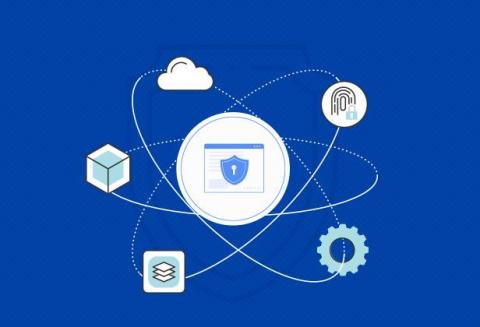Your Data Already Has the Insights. Are You Extracting Them?
The sheer scale of connected devices across physical, virtual, and distributed networks has come to scale that it has become practically impossible for most network administrators to manually keep an eye on each node. Along with the scale, the connectivity between devices within each network has also become denser.










